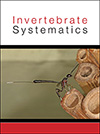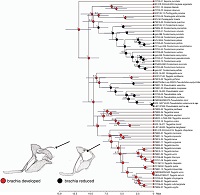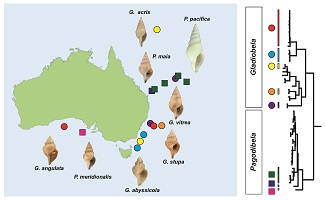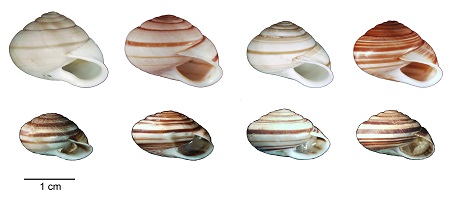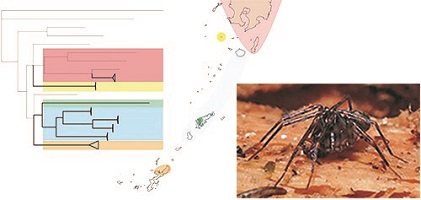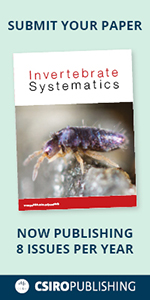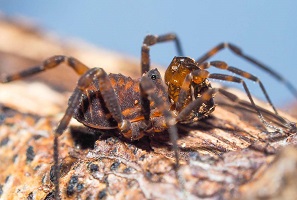
We conduct phylogenomic analyses on the Opiliones superfamily Triaenonychoidea, a lineage with ~500 described species largely distributed throughout the temperate Gondwanan terranes. A stable classification of Triaenonychoidea has been hindered by the historical reliance on morphological characters now known to be unsuitable for classification. Based on genetic and morphological analyses we describe new families, genera, and species, reassess systematics, and provide a species-level checklist. Our study provides phylogenomic context for future evolutionary and systematic research across this diverse lineage.


